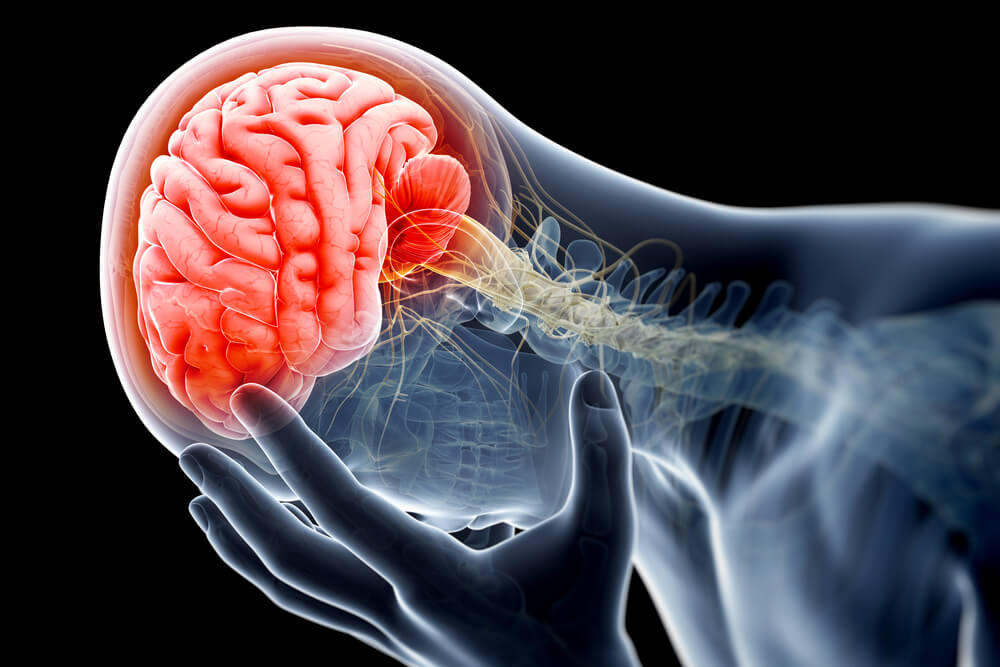
How Does Brain Injury Occur?
You may have heard of a brain injury, but how does it occur? The process is known as the coup-contrecoup mechanism, and it happens when your brain jars against the skull. This causes internal bleeding and damage to the brain's tissues and blood vessels. Depending on the exact cause, you may experience symptoms like bruising, swelling, or pain. Check out Brain injury rehabs in Los Angeles to learn more.
Symptoms
If you've sustained a brain injury, you might feel a range of symptoms. One of the most common of these is bruising of the brain tissue. This happens due to tearing of the white matter fibres and blood vessels. It can also occur when a person suffers a blow to the head and the brain jars against the inside of the skull. The resulting shock and trauma can cause secondary swelling of the brain and may cause the person to lose consciousness.
The severity of the symptoms depends on the location of the brain injury. If the injury occurs at the front of the head, the symptoms are different than those caused by a blow to the back of the head. If the brain is affected in more than one lobe, the symptoms can be even more serious. The best course of treatment is to get a medical diagnosis as soon as possible.
Treatment
If you have sustained a brain injury, it is important to seek treatment right away. If the brain injury was caused by an accident, a medical condition, or a trauma, treatment should be started as soon as possible. If it was discovered later, treatment needs will depend on how the injury progresses.
Treatment of brain injury involves the use of a variety of therapies to restore function. Many preclinical studies have tested various agents and treatments in animal models. These include corticosteroids, calcium channel blockers, excitatory amino acid inhibitors, moderate hypothermia, growth factors, and magnesium sulfate.
Recovery
While recovery from brain injury can vary, some factors are common and can have a significant impact on a patient's quality of life. The location of the injury is often a big factor, as different parts of the brain control different bodily functions. Scientists are still learning more about the different factors that influence the recovery process after a brain injury. However, it is clear that if the injury is serious, the patient may not recover completely. This is because the brain may damage some of the neurons, which are responsible for some bodily functions. In other cases, other neurons will take over the functions of the damaged neurons.
Many clinical studies involving patients with TBI have shown that recovery time can differ greatly from patient to patient. These outcomes are based on many different clinical factors, including age, sex, gender, and type of injury. Another challenge is the heterogeneity of injuries and the variability of the post-injury environment. Nevertheless, the Glasgow Outcome Score is a widely-used outcome measure for recovery from brain injury.
Prevention
The prevention of traumatic brain injury is important for many reasons. It aims to reduce the number of people who suffer a TBI and the severity of the injuries that occur. It also reduces the burden that these injuries place on an individual. Although there is still a great deal of misunderstanding and misconception about TBI, heightened awareness and education can reduce the incidence and severity of brain injuries.
One method to help prevent brain injuries is to make sure the environment is safe. This includes wearing protective gear and using seat belts. A helmet is an essential piece of safety equipment. Airbags can also reduce the impact of an accident.